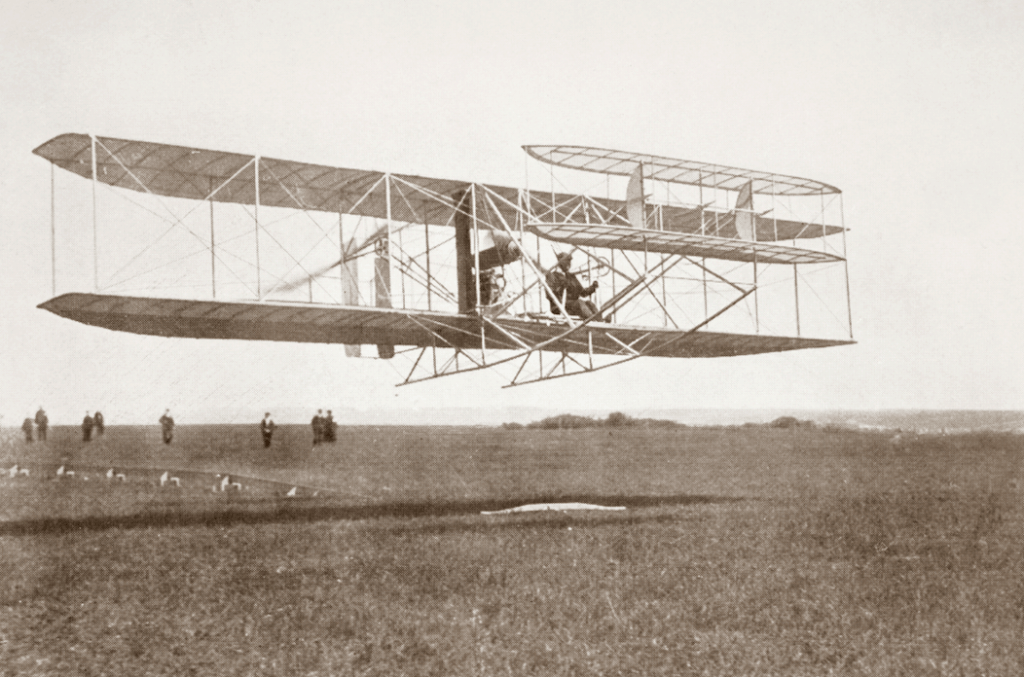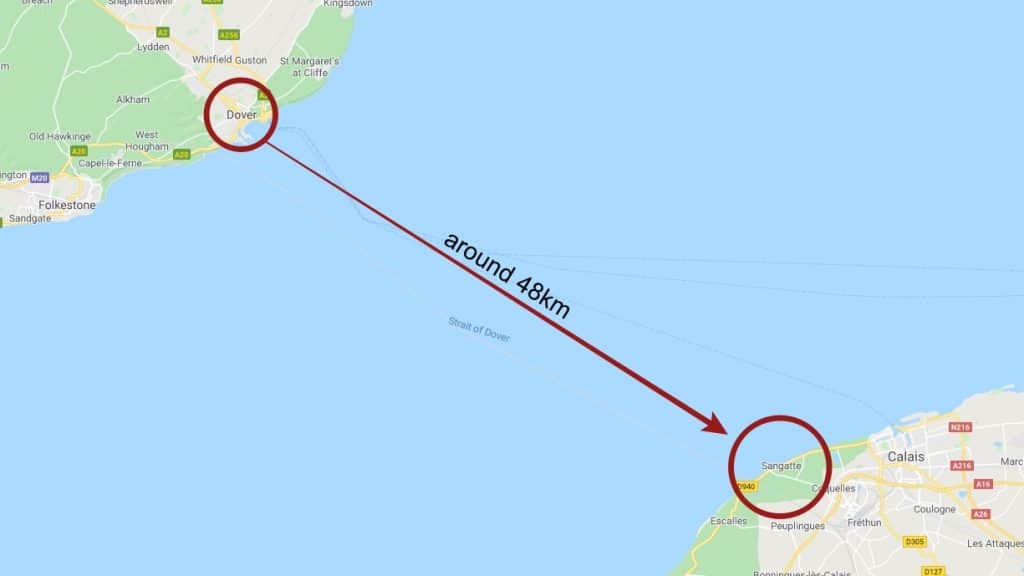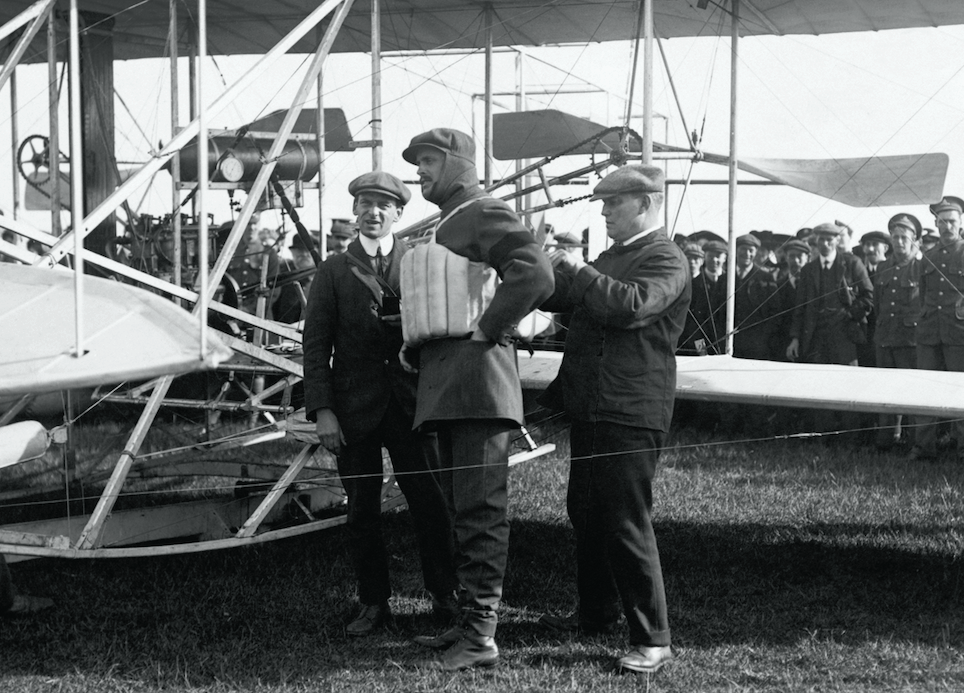When given an option between fight or flight, flight typically means running away from a challenge. For Charles Stewart Rolls, it meant doing what hasn’t been done before.
On June 2, 1910, Charles Rolls was sitting in his Wright Flyer in an attempt to cross the English Channel with the barebones aeroplane developed by the pioneers of flight. It might seem unlikely given that he’s one half of Rolls-Royce name – maker of what’s now known as the ultimate statement cars available but when you get to know him, you’ll understand.
Despite being a motoring enthusiast, Rolls was passionate in flight. He’s a founding member of the Royal Aero Club and in 1903, he received the Golden Bennett Gold Medal for having the longest flight time in a flying balloon. This is the same year he opened his own dealership importing French and Belgian cars.
It was through this main business that he met Henry Royce who, at the time, was making his own cars with 2-cylinder engines. Rolls, despite his favoritism to 4 and 6-cylinder engines, was amazed at Royce’s cars that the two agreed that Rolls will start selling them and eventually under the brand Rolls-Royce.
Even though people were flocking towards their dealership, Rolls was still looking at the skies. His passion was further ignited when in 1909, the Wright Brothers came to England as guests of the Royal Aero Club. The experience lit something in Rolls because the same year, he bought a licensed Wright Flyer – the first motorized aeroplane design that was used by the Wright Brothers – and immediately set out 200 flights in it.

After a week of waiting for the perfect weather and wearing only a lifejacket, Charles Stewart Rolls took off in his Wright Flyer on June 2, 1910 at around 6:30pm. He tried to cross the English Channel with an aeroplane, go above France, then fly back to England – all without stopping.
A report by the Daily Telegraph said that Rolls reached an altitude of 900 feet and a speed of ‘quite forty miles an hour.’ By 7:15pm, Rolls was above the small town of Sangatte in France where he dropped off three weighted envelopes. Each contained a message saying “Greetings to the Auto Club of France… dropped from a Wright aeroplane crossing from England to France. C.S., Rolls, June 1910. P.S. Vive l’Entente”
By 8:00pm, Rolls was back in English territory. Seeing that a crowd had gathered to see him, and knowing he had enough fuel and his engine was working smoothly, he then flew in circles around the outer towers of the town’s medieval castle further impressing the crowd below.

That night in 1905, Charles Stewart Rolls became the first Englishman to fly a plane across the English Channel and the first aviator to do a roundtrip from England to France without stopping, all by using a plane that weighed as much as a grand piano.
The feat was beyond a personal one. His historic roundtrip demonstrated the potential of aeroplanes as a mode of transportation over a long distance.
While his achievement may seem a breakthrough only during that time, Charles Rolls’ mindset is timeless. As Rolls-Royce Motor Cars CEO Torsten Müller-Ötvös said, “it seems particularly appropriate to remember his remarkable flight this year. Apart from the historical significance of the 110th anniversary, it comes at a time when we still face severe restrictions on our freedom to travel and explore. It encourages us to keep looking outwards, over the horizon, and dreaming of adventures we’ll take in the future – a reminder that anything is possible.”


